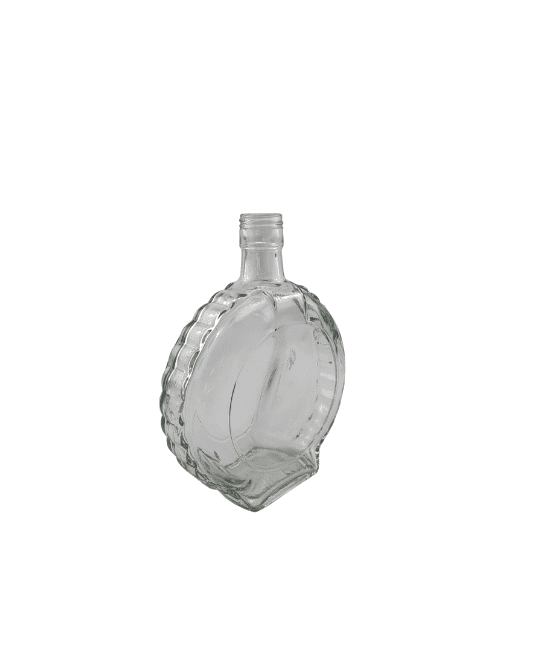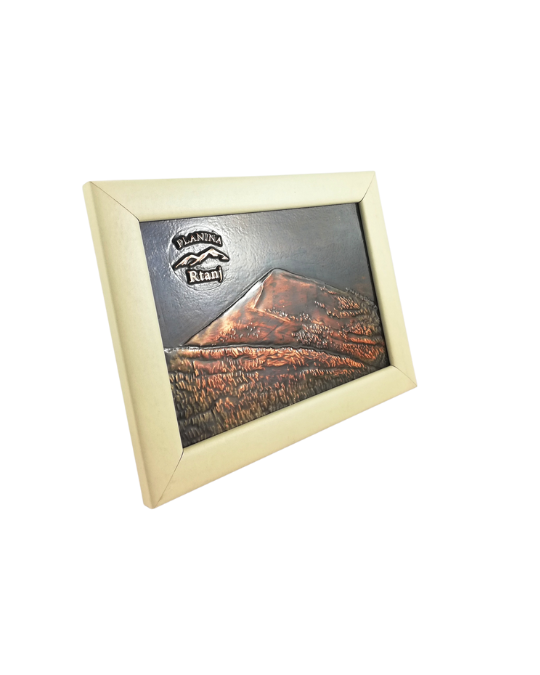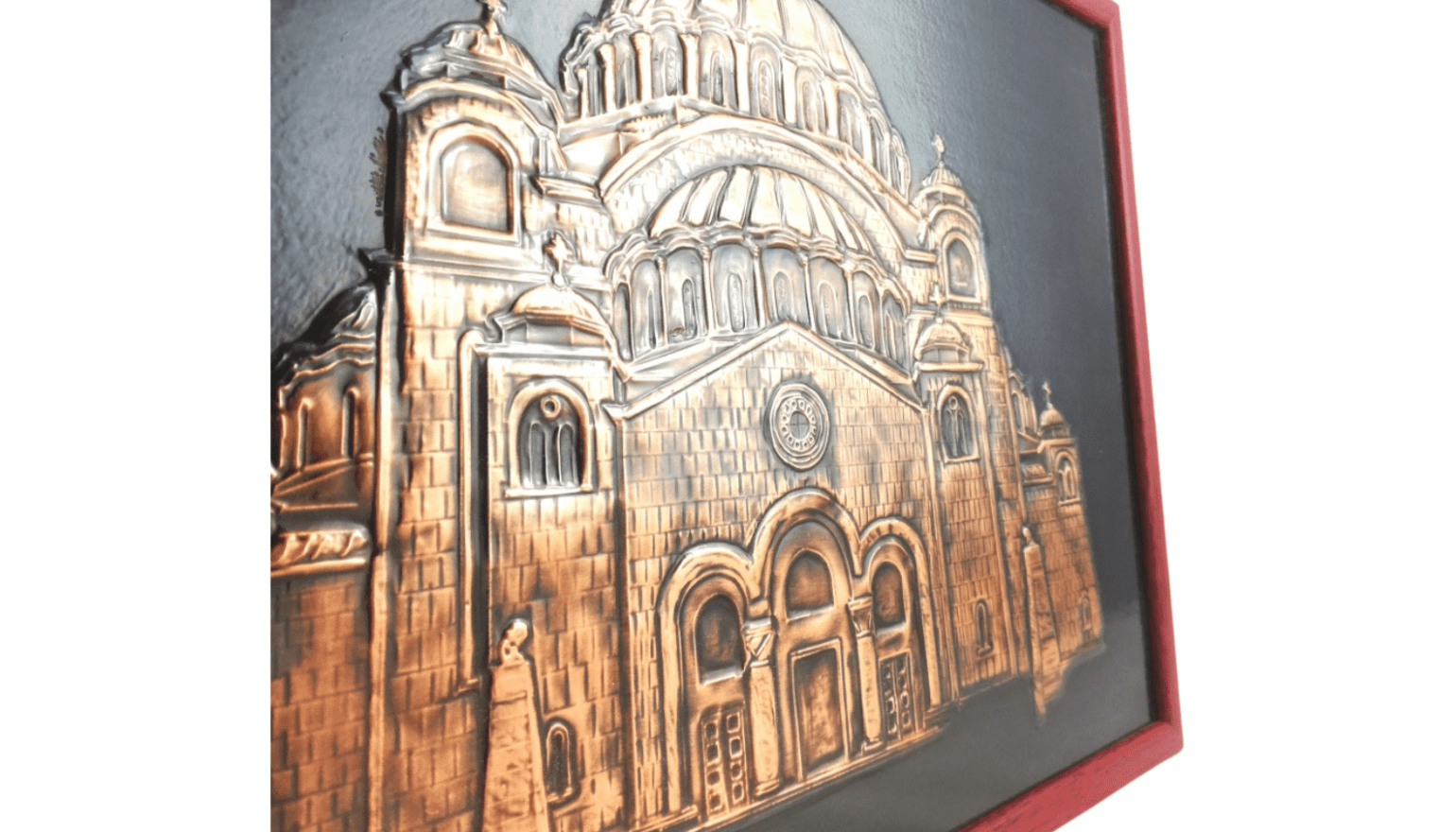People began using glass packaging a long time ago, even in ancient times. The earliest known examples of glass containers date back to around 1500 BCE in Egypt and Mesopotamia. However, glass as a material was used even before that, mainly for making jewelry and decorative objects.
There are various ways in which people started using glass packaging. One of the earliest examples is glass bottles used for storing and transporting liquids such as wine, oil, and perfume. Initially, glass was shaped by hand and was quite expensive, so it was reserved for the wealthy.
In the Middle Ages, glassmaking technology improved, and the production of glass containers became more widespread. As glassmaking techniques advanced, glass products became more affordable for broader segments of society.
Why did people start using glass containers? There are several reasons that contributed to the popularity of glass packaging. Here are a few key reasons:
- transparency and aesthetics: Glass is a transparent material that allows visibility of the contents. This was important for products such as food, beverages, or medicines, as people want to see what they are buying. Glass can also be easily colored or decorated, enhancing its aesthetic appeal.
- hygiene and durability: Glass is a non-porous material that does not absorb odors, flavors, or chemicals. This makes it ideal for storing food and beverages without impacting their taste or quality. Glass is also very durable and can be recycled, which is important in terms of sustainability and environmental protection.
- protection from external factors: Glass containers provide good protection against light, air, and moisture, which is crucial for preserving freshness and product quality.
Today, glass packaging are used in various industries, including the food, beverage, pharmaceutical, and cosmetic industries. With technological advancements, glass containers continue to be a popular choice due to their numerous advantages.




